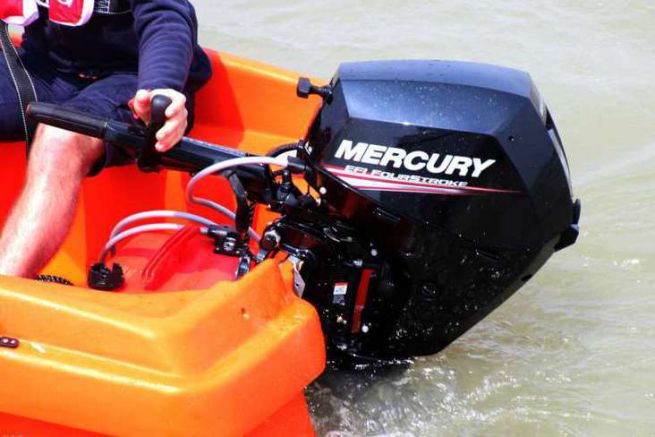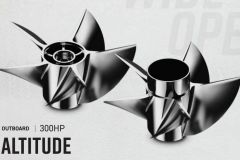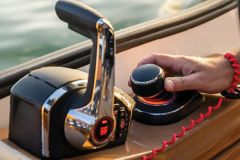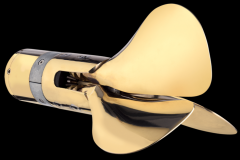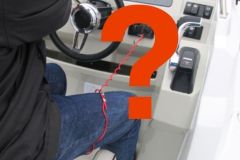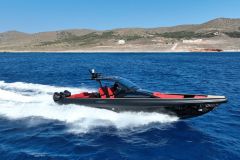On an internal combustion engine, fuel supply has always been a problem. Carburetors offer good performance at low rpm or at maximum rpm, in between, it is an approximation. The vacuum that "sucks" fuel does not take into account important parameters to send the right amount of fuel to the cylinder.
Electronic fuel injection regulates fuel
Injection makes it possible to remedy this disadvantage. Each cylinder has its own injector that opens at any time to allow fuel to pass through. Electrically controlled, the opening time allows exactly the right amount of fuel to pass through. Upstream of the injector, the injection bar holds fuel under pressure so that when the injector opens, the fuel passes through the cylinder.

A computer that controls the injection
The injection is controlled by a computer that takes into account information recovered from the engine. On a Mercury, the engine is equipped with 5 sensors (speed, operating temperature, oil temperature, throttle flap position and exhaust manifold vacuum). With all this information collected, the calculator sends exactly the right amount of fuel. For example, if the engine is cold, it will send more fuel, as if to play the role of the Starter present on carburettor engines.
Comfort, but no maintenance complexity
The injection provides comfort by limiting vibrations, recovery with a response time close to zero and above all a smooth and linear operation. On the other hand, the maintenance of an injection engine is no different from that with a carburetor. You just have to be careful about the quality of the gasoline and don't hesitate to use fuel stabilizers.
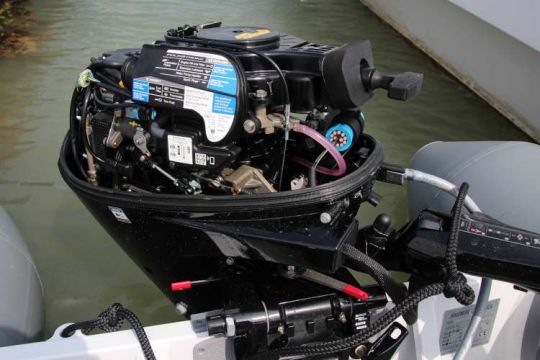
No battery required
But the injection also requires electricity to supply the high-pressure fuel pump and injectors. For engines that have a battery, no problem. The battery supplies the ECU and the entire injection. But what should I do when I want to install an injection on engines with manual start, which do not have a battery? In this case, as is done on Mercury cars, the manufacturer has installed a piezoelectric system. It is a capacitor that is charged when the launcher is first pulled and then delivers its electrical energy. No battery required, the engine starts without any problem even with a manual launcher.
No more carburetors?
The adaptation of injection to replace carburettors on small powers is becoming more and more common. Mercury has just switched its entire range from 15 hp in injection and the trend is towards a continued shift towards the smaller powers. Indeed, by meeting increasingly stringent emission standards, this fuel supply is becoming the norm.
No rate increase
In its 15 or 20 hp version, the Mercury engine did not see its price rise when it switched to injection. On the contrary, with the 2019 early season promotions, these engines are even cheaper... So why deprive yourself of them?
